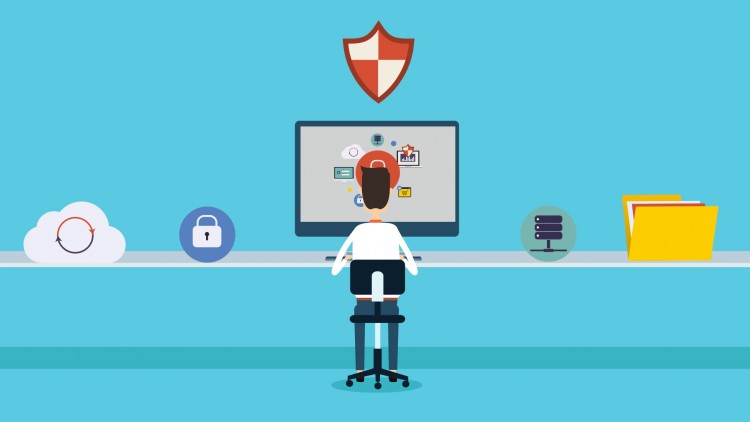Build Your Own Cyber Lab at Home
Learn new software and hacking techniques with your own lab
4.14 (3553 reviews)

102,591
students
1.5 hours
content
Jul 2018
last update
FREE
regular price
What you will learn
Build a Cyber Lab
Learn a framework for learning new IT and Cyber skills
Related Topics
225022
udemy ID
5/21/2014
course created date
9/15/2019
course indexed date
Bot
course submited by